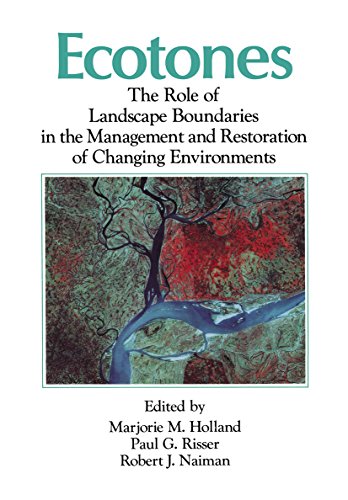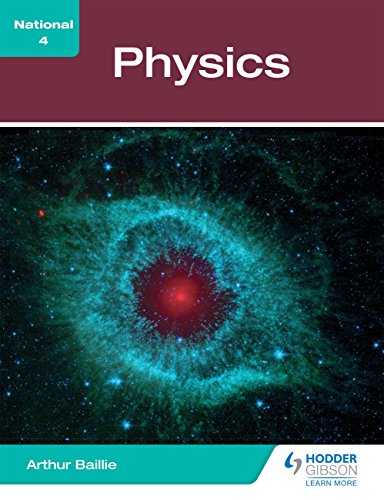By S.H. Moolgavkar
Read Online or Download Scientific Issues in Quantitative Cancer Risk Assessment PDF
Best children's nonfiction science & nature books
Download e-book for iPad: Population Genetics (Developments Series) by J. S. Gale
Inhabitants GENETICS is frequently considered a tricky topic. to some degree, problems are inevitable in a box the place a few really easy issues are debatable. even though, difficulties are such a lot acute while theoretical issues are mentioned, even though there was little or no controversy over the math.
Download PDF by Marjorie Holland: Ecotones: The Role of Landscape Boundaries in the Management
We are living in a altering international; one during which there's a lot obstacle and dialogue in regards to the subject matters of worldwide swap, lack of biodiversity, and lengthening threats to the sustainability of ecosystems. the results those adjustments could have at the setting have lead governments and sCientists to make predictions as to how quickly alterations may take place, the place, and with what impression for giant and small areas of the Earth.
Download PDF by Julia Vogel,Robert Squier: Your Sensational Sense of Hearing (Sensational Senses)
Take a enjoyable, mascot-guided box journey during the physique components keen on your feel of hearing!
Download e-book for iPad: National 4 Physics by Arthur Baillie
This publication is a complete source for scholars learning nationwide four Physics which adheres heavily to the SQA syllabus. each one part of the e-book fits a compulsory unit of the syllabus, and every bankruptcy corresponds to a key region. as well as the middle textual content, the booklet includes a number of specified features:· actions to consolidate studying· labored examples to illustrate key tactics· In-text inquiries to try wisdom and figuring out· End-of-chapter questions for homework and evaluate· Summaries of key proof and ideas· designated part at the additional worth Unit· resolution part in the back of the publication
Extra info for Scientific Issues in Quantitative Cancer Risk Assessment
Example text
Scientific Issues in Quantitative Cancer Risk Assessment by S.H. Moolgavkar
by Thomas
4.2
- Download PDF by Josefino T. Rona: DIVINE INDWELLING: Key to the Wisdom, Knowledge and Power of
- Get Facility Coding Exam Review 2013 - E-Book: The Certification PDF
Categories: Childrens Nonfiction Science Nature



